Effective environmental control is essential for successful plant growth. Whether maintaining light levels, adjusting humidity, or regulating temperature, optimizing conditions directly impacts plant health and yield potential - for both home gardeners and commercial growers alike.
However, manual monitoring proves inefficient and risky. The constant demand for tracking multiple parameters (temperature, humidity, lighting, airflow) drains time and increases the likelihood of errors.
Lucky you, modern grow room controllers solve this through automated precision. These integrated systems continuously monitor and adjust critical factors, maximizing growth efficiency. By maintaining ideal conditions 24/7, they empower growers to focus on strategic cultivation rather than environmental micromanagement.
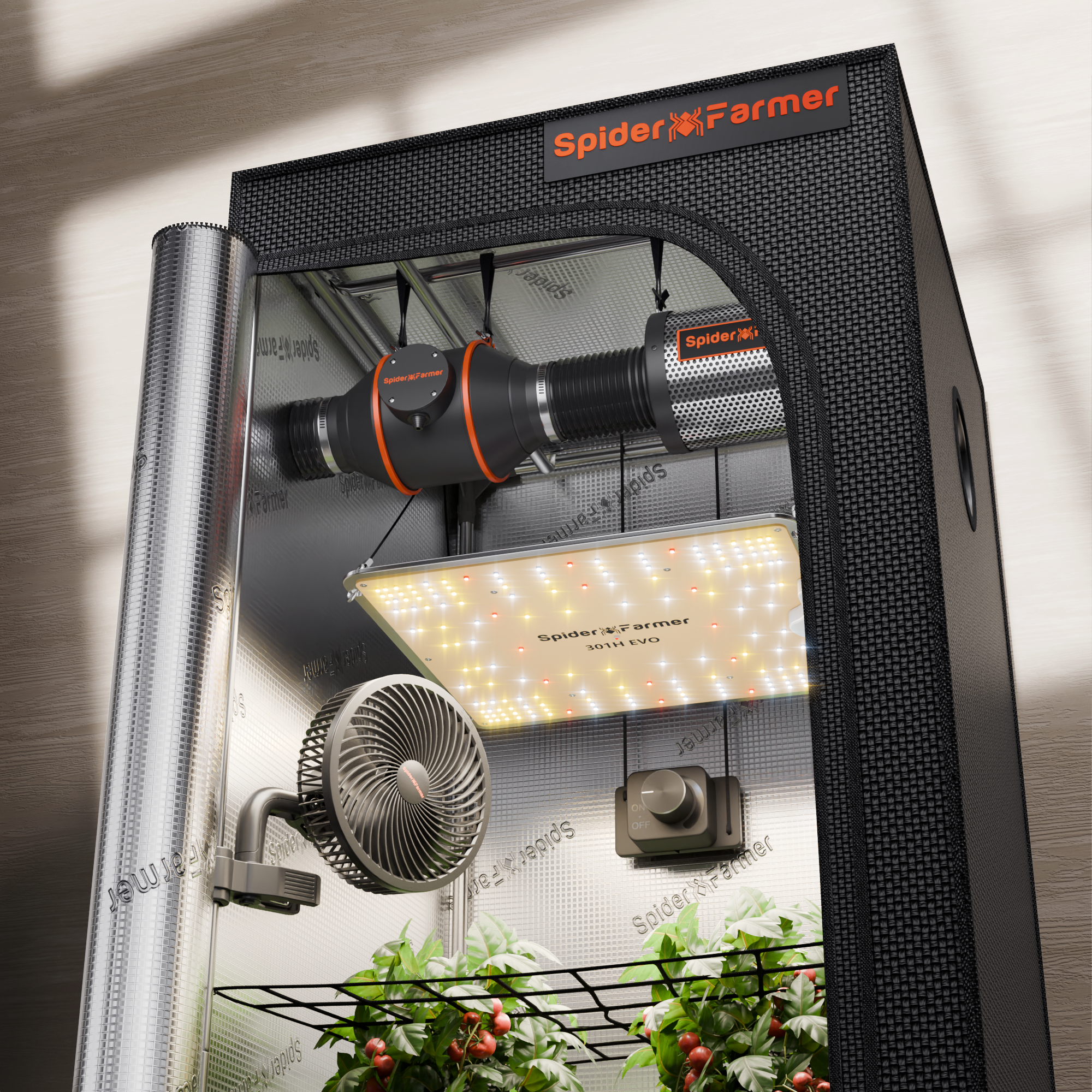
Grow Room Controller
This article will explore the key factors contributing to a controlled growing room environment and provide an overview of how a grow room controller can monitor and manage each factor.
Table of Contents
What Affects Plant Growth?
Several key factors can work together to influence plant growth in the environment. Understanding these factors can help you enhance plant health and productivity. Here’s a closer look at 3 key elements: temperature, humidity, and light. Additionally, we’ll explore the equipment available to control each of these factors.
Light
Photosynthesis enables plants to convert light energy into food, so light is vital for plants to photosynthesize. Different plants have different light requirements, and insufficient light can result in weak and leggy growth. On the contrary, too much light can cause leaf burn. Therefore, it is essential to provide adequate and proper light intensity and duration if you seek to promote healthy plant development.
Temperature
Temperature is crucial for metabolic processes in plants. Each species has a specific temperature range. If its temperature is too low, its growth may slow down. Conversely, excessively high temperatures can lead to heat stress, wilting, or even death. Maintaining the right temperature is essential for photosynthesis and nutrient uptake.

Temperature and Humidity for Plant Growth
Humidity
Humidity refers to the amount of moisture in the air and significantly impacts plant health. High humidity levels can promote fungal diseases and mold growth, which is bad for plant growth. On the other hand, low humidity can lead to excessive water loss through transpiration, causing plants to become dehydrated. Maintaining a proper humidity level is essential for optimal growth, as it affects nutrient absorption and overall plant vigor.
Equipment to Manage Plant Growth Environment
To precisely monitor and control essential factors like temperature, humidity, and light levels, you’re encouraged to invest in inline fans, clip-on fans, dehumidifiers, humidifiers, and grow light timers. With these right tools, you’re able to maintain consistent conditions that are tailored to the specific needs of different plant species.
- Inline Fans: Cool, circulate air, and control odor throughout the growing space.
- Clip-on Fans: Can be flexiblely placed to provide airflow, preventing stagnant air that can lead to mold and other issues.
- Dehumidifiers and Humidifiers: Decrease or increase moisture levels in different humidity environments.
- Grow Light Timers: Automate the light cycles for your plants, ensuring they receive the appropriate amount of light each day
How to Monitor and Promote Plant Growth?
Once you’ve invested in a group of equipment to monitor and control temperature, humidity, and light levels, you may wonder how to manage this setup effectively within a limited space. Connecting sensors will further enhance your understanding of temperature, humidity, and CO2 levels, meanwhile creating a more responsive and adaptive environment.
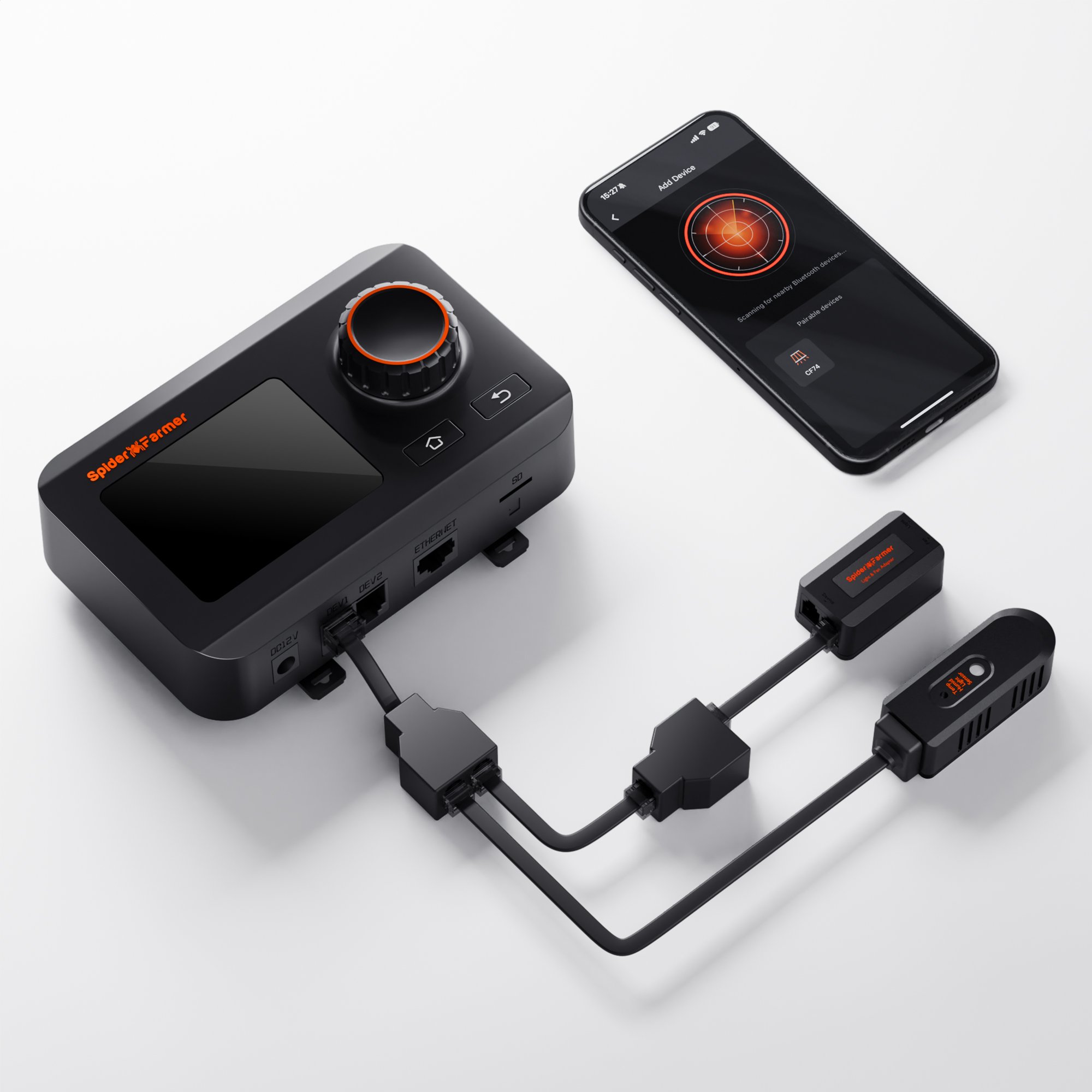
LED Light Controller
Integrating these sensors into a centralized Grow Room Controller will let you collect and adjust data in real time. With timers and controllers, you can also set specific times to automatically adjust the temperature, humidity, light levels, and other parameters in the grow room, to make your plants thrive under optimal conditions.
How to Use a Versatile Grow Room Controller?
Grow Room Controller is a powerful tool designed to control the climate in your grow room. This innovative system simplifies the way of monitoring critical environmental factors, such as temperature, humidity, VPD, CO2 levels, soil data, and other indicators. With its fine dimming capabilities and the ability to automatically control multiple equipment based on real-time conditions. With this Grow Room Controller, you don’t need to manually work on multiple timers and controllers, and this can greatly save your time and effort.
You can use the Spider Farmer Grow Room Controller to connect and control Spider Farmer equipment, enabling automatic monitoring and adjustment of the grow room climate.
- Clip-on Fans/Inline Fans: In the current version of the fans, you can control them by turning them on or off through the outlet. The next version will allow you to use an RJ12 connection to adjust the wind speed. Additionally, clip-on fans offer the ability to adjust the angle of the swing head and automatically modify the wind speed based on the temperature and humidity sensors linked to the controller and outlet.
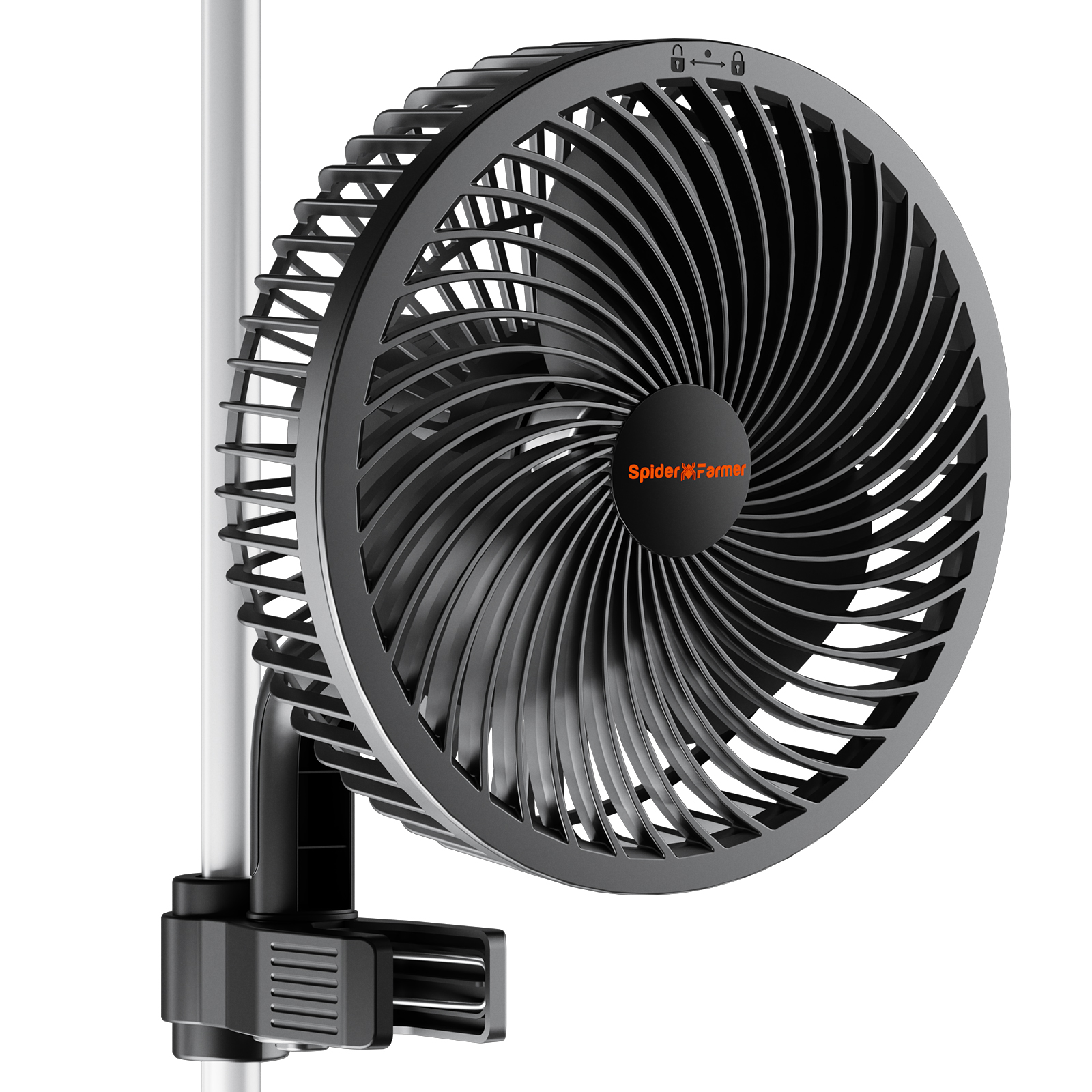
Clip-on Fan
- Dehumidifier/Humidifier/Supplemental Lighting: In the current version, you can configure the duration to control how long the device stays on or off via the outlet.
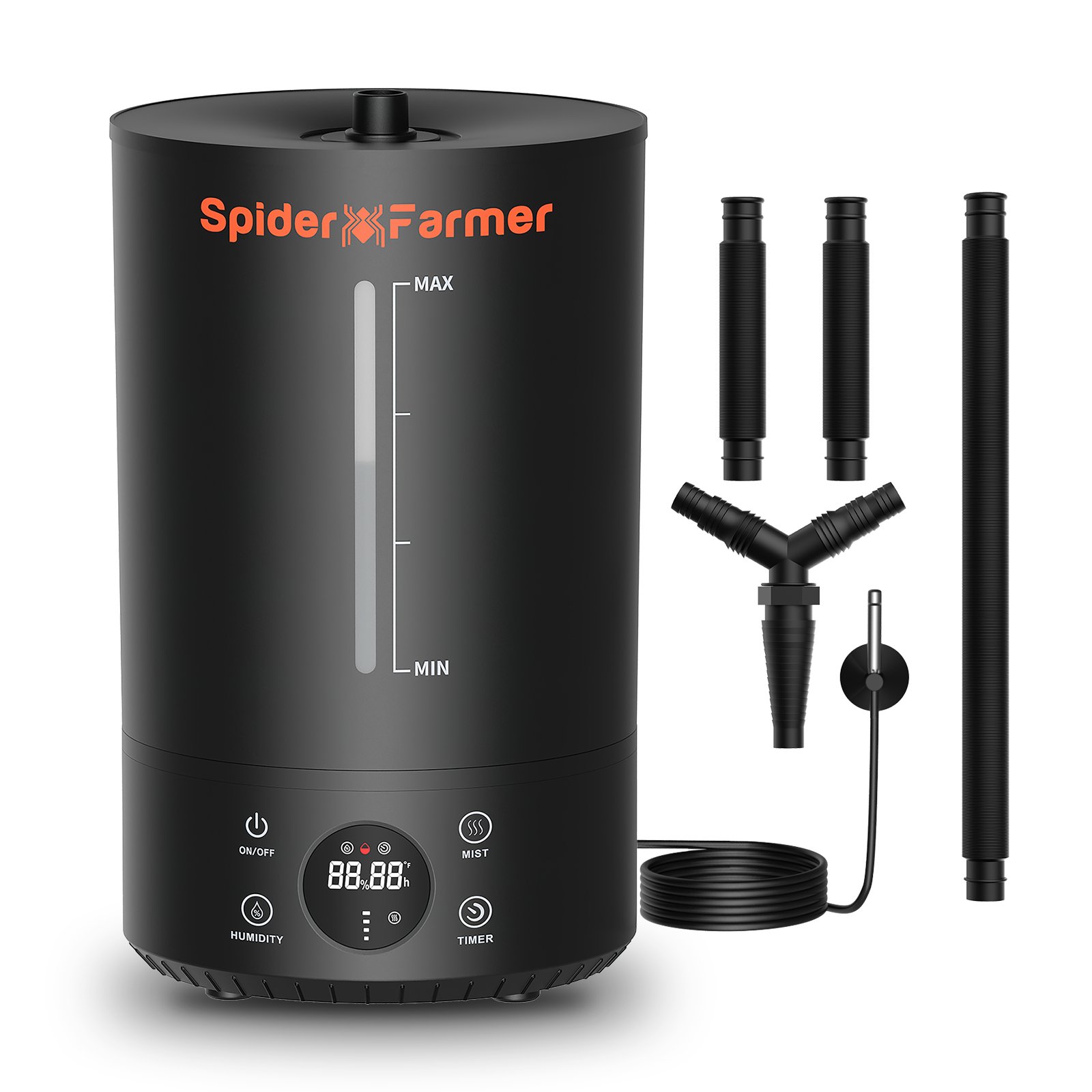
Humidifier
- LED Grow Light: You can schedule the lights to turn on and off, adjust the brightness levels while they are on, and enable a sunrise and sunset simulation. This feature gradually changes the brightness from dim to bright during sunrise and from bright to dim during sunset. Additionally, the lights will automatically dim to 11% when your set temperature is reached and turn off once the desired temperature is achieved.
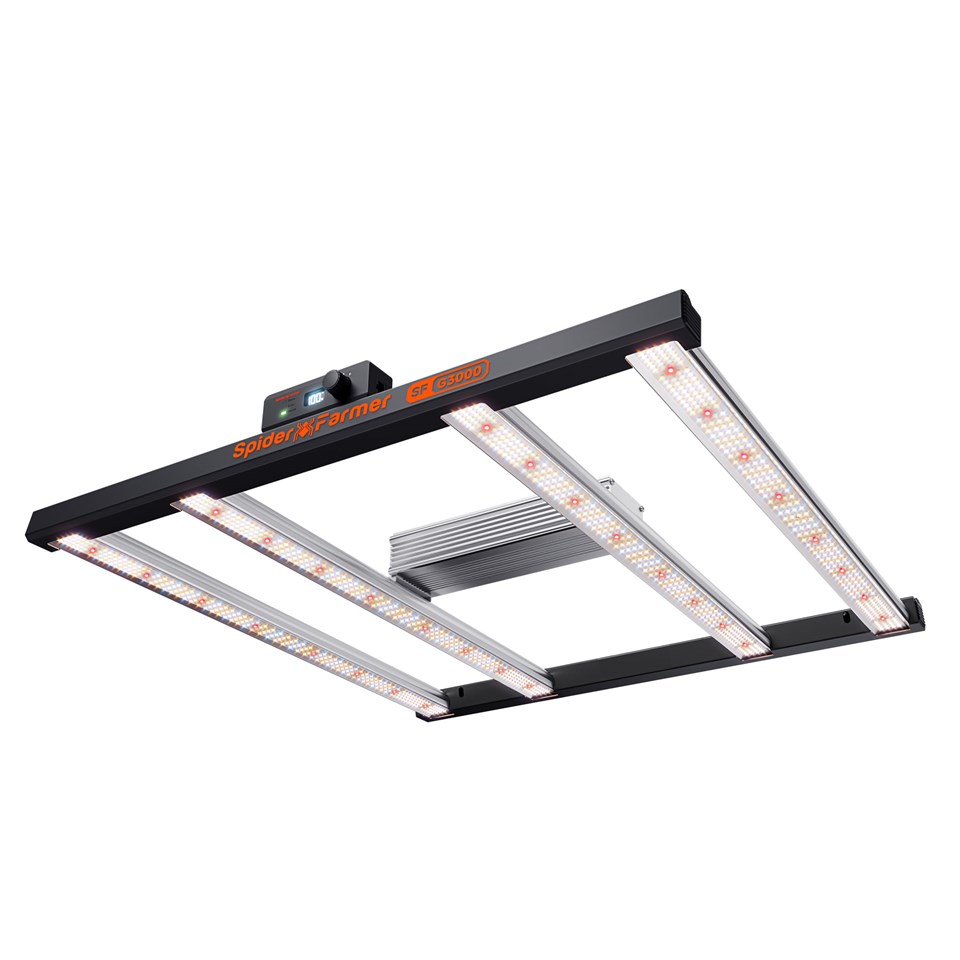
LED Grow Light
If you want to use clip-on fans of other brands that operate under the PWM control protocol, as well as LED grow lights that use the 0-10V control protocol, you will need a 2-in-1 adapter to connect these devices. Besides, these devices must have an RJ12 port; if not, you’ll require an adapter.
How to Select an Ideal Grow Room Controller?
Controllers equipped with light, temperature, and humidity sensors can automatically adjust grow lights and other devices based on real-time environmental conditions. By continuously monitoring these factors, these smart controllers ensure that plants receive optimal lighting and climate settings without manual intervention.
This automation not only enhances plant health and growth but also improves energy efficiency, allowing growers to maintain a more consistent and productive growing environment. To cater to different demands, Spider Farmer offers 2 grow room controller kits - Spider Farmer GGS Grow Light Controller Kit and GGS AC5 Controller Kit.
Each kit has a kit contents:
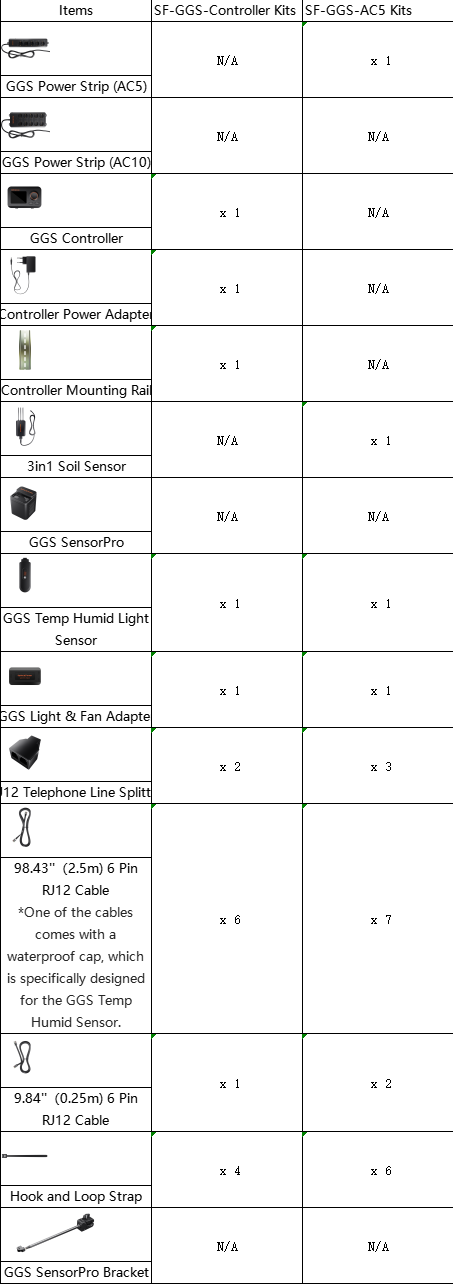
Grow Room Controller Kits Contents
Each kit can monitor and control different factors:
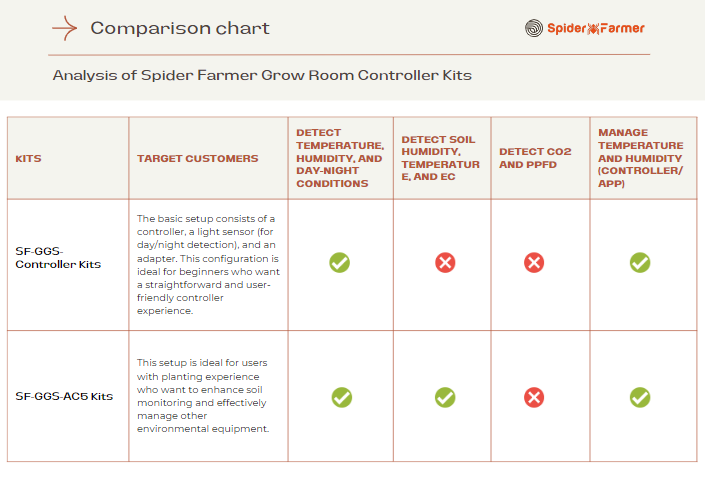
Comparison of Grow Room Controllers
Plus, if you are a pro, Spider Farmer also tailors the GGS Sensor Pro Kit, specifically for growers who master the usage of high-PPFD grow lights and CO2. When combining this Sensor Pro kit with other GGS grow room controllers, you get to enjoy an all-rounded control over your grow room.
Conclusion
In conclusion, we invite you to delve deeper into our Grow Room Controller product pages to discover innovative solutions for optimizing your growing environment. Additionally, check out our comprehensive guide to environmental control in growing rooms, which provides valuable insights and tips to enhance your gardening success. By equipping yourself with the right knowledge and tools, you can create the ideal conditions for your plants to thrive. Happy growing!

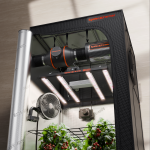
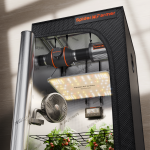
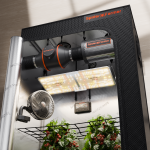
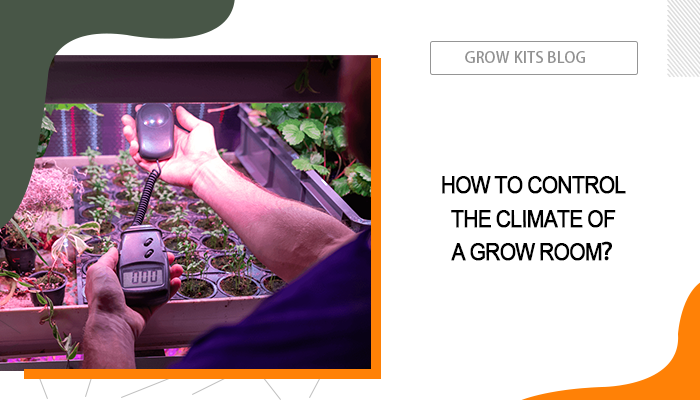
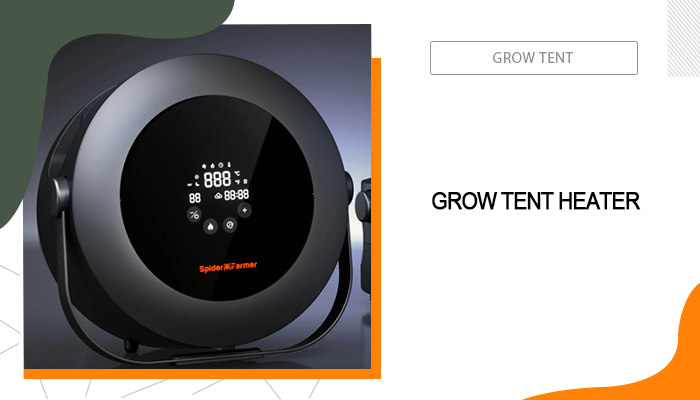
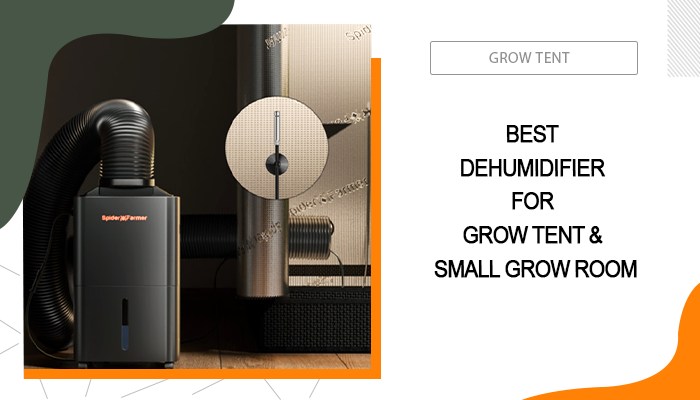
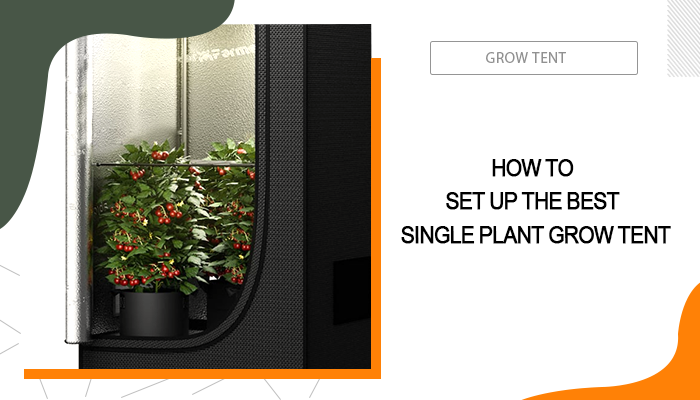
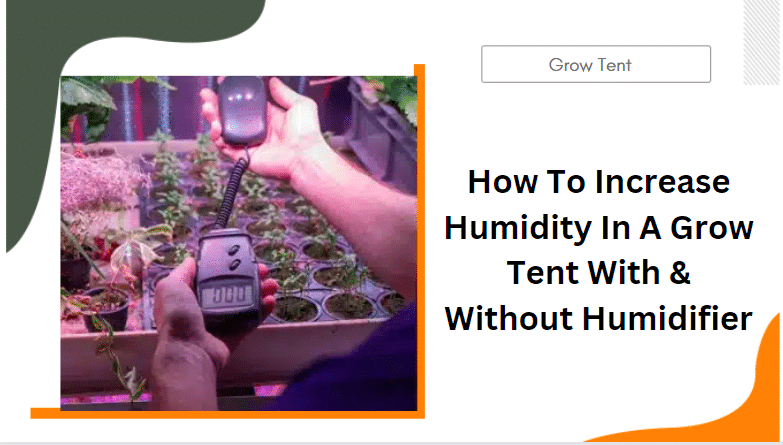


I love the new GGS controller unit it’s gives you the ability to put your grow at your finger tips making life easier for you and all your follows to .. its hard to say it but you need to try it out for yourself while there still in stock got 3 Moor in my basket thay are that good trust me …. Happy growing